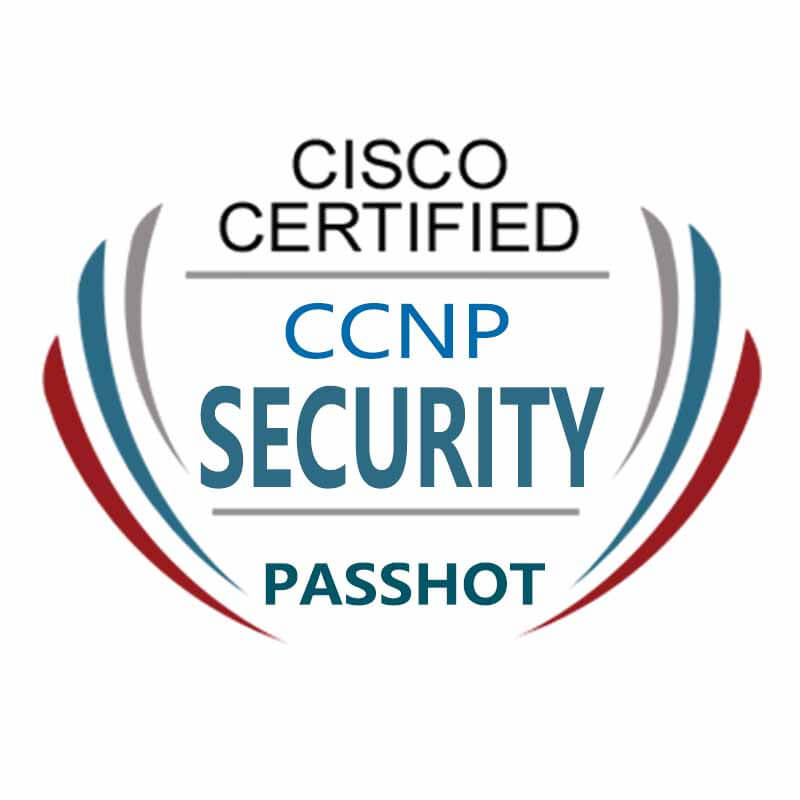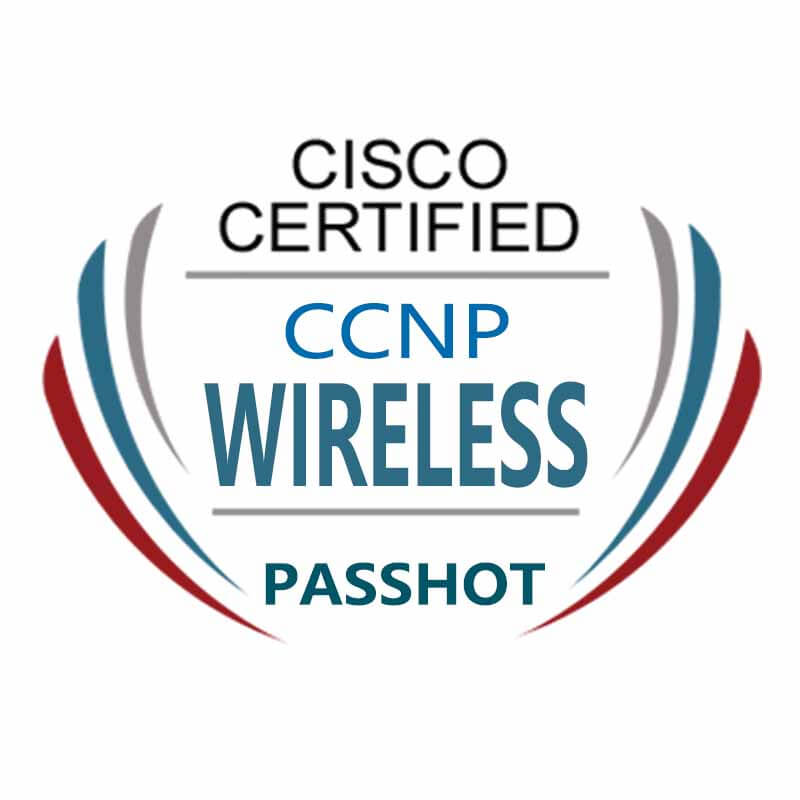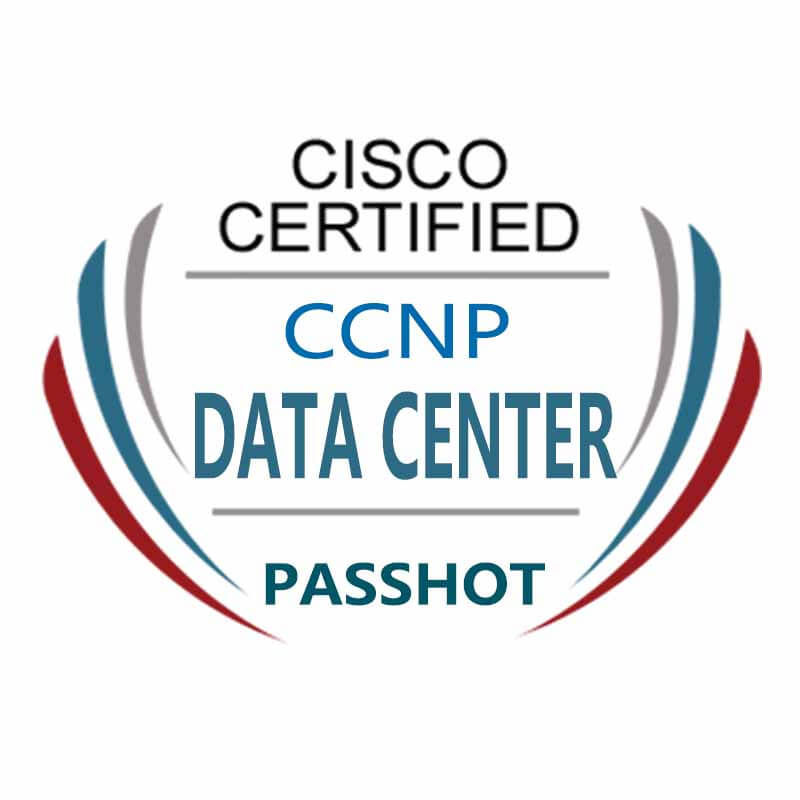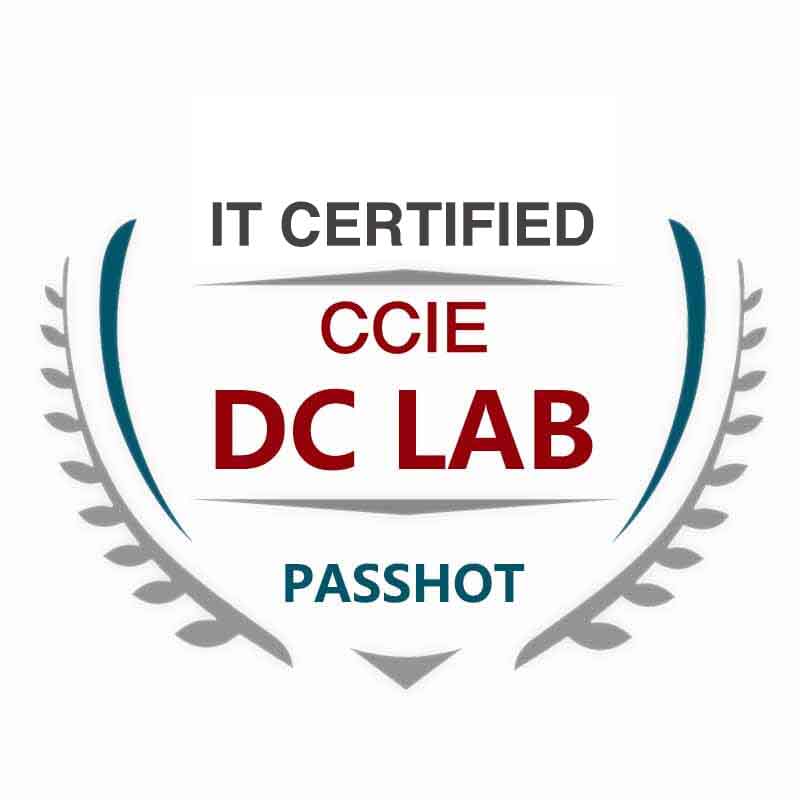100% Pass Cisco, PMP, CISA, CISM, AWS Dumps on SALE!
Get Now
01:59:56
X
The difference between MPLS and IP
MPLS VS IP
Principle of IP forwarding:
The router checks the destination IP address of the data packet and forwards the data according to the routing table. IP network, forward data according to the IP header.
Principle of MPLS forwarding:
The MPLS router (LER LSR) receives the MPLS data message and forwards the MPLS data message according to label forwarding. MPLS multi-protocol label switching [Multi-Protocol Label Switching] can carry multiple routing protocols.
The most basic IP header:
MPLS header structure, usually MPLS header has 32 bits, including:
· 20bit used as a label (Label)
· 3-bit EXP, not specified in the protocol, usually used as COS
· 1 bit of S, used to indicate whether it is the bottom of the stack, the surface MPLS labels can be nested.
· 8 bit TTL
MPLS terminology
Label: It is equivalent to the IP address in the IP network, and the local route is meaningful.
FEC: It is equivalent to the network prefix in the IP network, and one routing entry corresponds to one FEC. Each FEC generates a corresponding label. Example: 192.168.1.0/24 network prefix, 192.168.1.1~192.168.1.254 belong to the same FEC.
LSP: Label switching channel, the path of data flow is LSP.
LSR: Label switching router, a router in the MPLS network
LER: Label switching edge router, which belongs to the MPLS network edge router.
How MPLS forwarding works
1. How to generate label forwarding entries?
Note: The label forwarding table is similar to the routing table in the IPv4 network.
The router generates a corresponding label for each routing entry, and puts the label into the label forwarding table.
There needs to be a mapping relationship (FEC) between the router and the label
2. How to insert MPLS label header into IP message on LER?
When the data packet enters the MPLS domain from the IP domain, the LER inserts an MPLS header, and the specific label paper is generated according to the label forwarding table.
3. How does the router in the MPLS domain deliver packets to the destination?
The LSR device exchanges the label of the MPLS packet header according to the label forwarding table.
For LER equipment, when an IP message enters, it searches the label forwarding table, and applies a label operation (PUSH) to the IP message. When the IP message leaves, it performs a pop-up operation (POP) on the label message and forwards it according to the IP route.
Principle of IP network forwarding:
In the hop-by-hop IP transmission, the longest matching search (possibly multiple times) in the routing table must be performed at each hop passed, and the speed is slow.
Principle of MPLS forwarding:
In MPLS label forwarding, a label forwarding channel (LSP) is established for messages through pre-allocated labels. At each device that the channel passes through, only fast label switching is required (one search)
IP forwarding VS MPLS forwarding
MPLS forwarding advantages:
① There are very few header fields, and routers process this header efficiently.
②The forwarding process is simple, check the label
③MPLA forwarding, but it is necessary to view the label forwarding table
MPLS forwarding defects:
①The survival of the label depends on the IGP protocol and the routing table
The above is the news sharing from the PASSHOT. I hope it can be inspired you. If you think today' s content is not too bad, you are welcome to share it with other friends. There are more latest Linux dumps, CCNA 200-301 dumps, CCNP Written dumps and CCIE Written dumps waiting for you.
Cisco Dumps Popular Search:
ccnp switch ine workbook ccie dc v2.1 update ccnp switch in one month ccnav7 introduction to networks pdf 200 vs 301 redirect cbt nuggets 200 301 download ccnp route course certificaciones ccna y ccnp ccie data center cisco press ccna 125 book
Copyright © 2025 PASSHOT All rights reserved.






